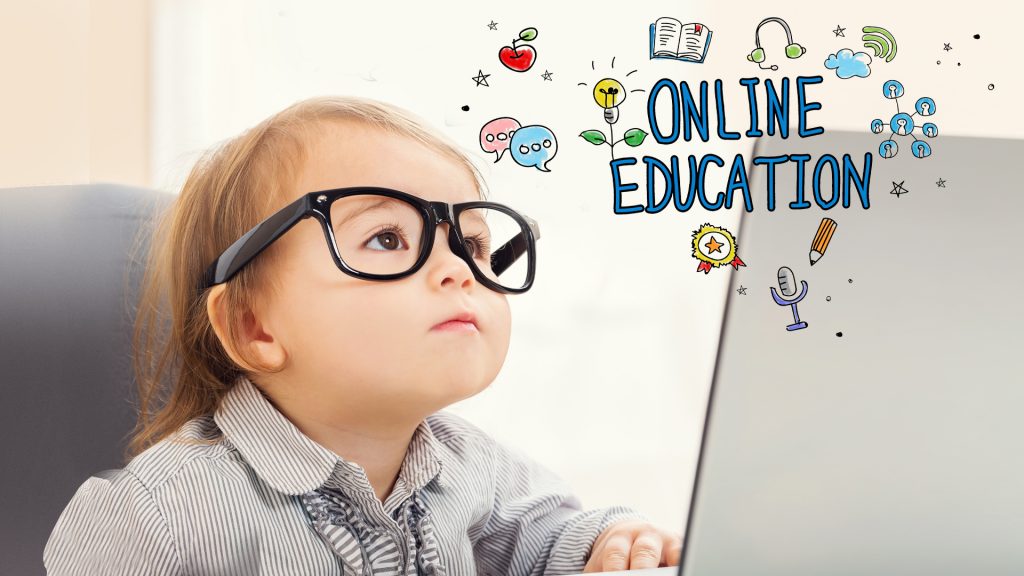How is COVID-19 Changing the Way Our Students Learn?

The COVID-19 pandemic has caused most schools in the United States to suspend in-person learning and move to online coursework.
This is an era of uncertainty for teachers and students as they take the time to get used to the new technology and different style of learning. Teachers need to be able to monitor students’ progress outside of the classroom, and some students are still figuring out how to stay disciplined and motivated while learning from home. Take a look at some of the ways schools are implementing remote learning and the ways it changes our students’ education while we navigate this unprecedented time.
Many teachers are utilizing video conferencing software, such as Zoom and Cisco’s WebEx, to hold live classes. This software enables teachers and students to gather as if they were in a regular classroom, and the teacher can share their screen with the students so they can see slides and course material. Sites like Google Classroom are being used for homework submissions. While this software is often used at the college level, school-aged children are not usually exposed to this technology at such a young age. The current situation is allowing these younger students to get used to tools they will likely use in college and in the workplace. While they are no substitute to in-person learning and daily interaction with peers, these resources ensure minimal disruption to students’ academic progress while this situation unfolds.
With the current social distancing guidelines in place until April 30, most schools are hoping to reopen their doors in early-to-mid May. But while they are closed, remote learning does provide students and faculty with the opportunity to stay connected and continue to learn from each other. In the future, we may see more exposure to these resources in the classroom and on snow days so that such unprecedented events do not set teachers behind and disrupt the students’ learning. If one thing good has come out of the current situation, it’s the way it has set students up with virtual learning at an early age to supplement their work in the classroom and opened up more resources for schools.


